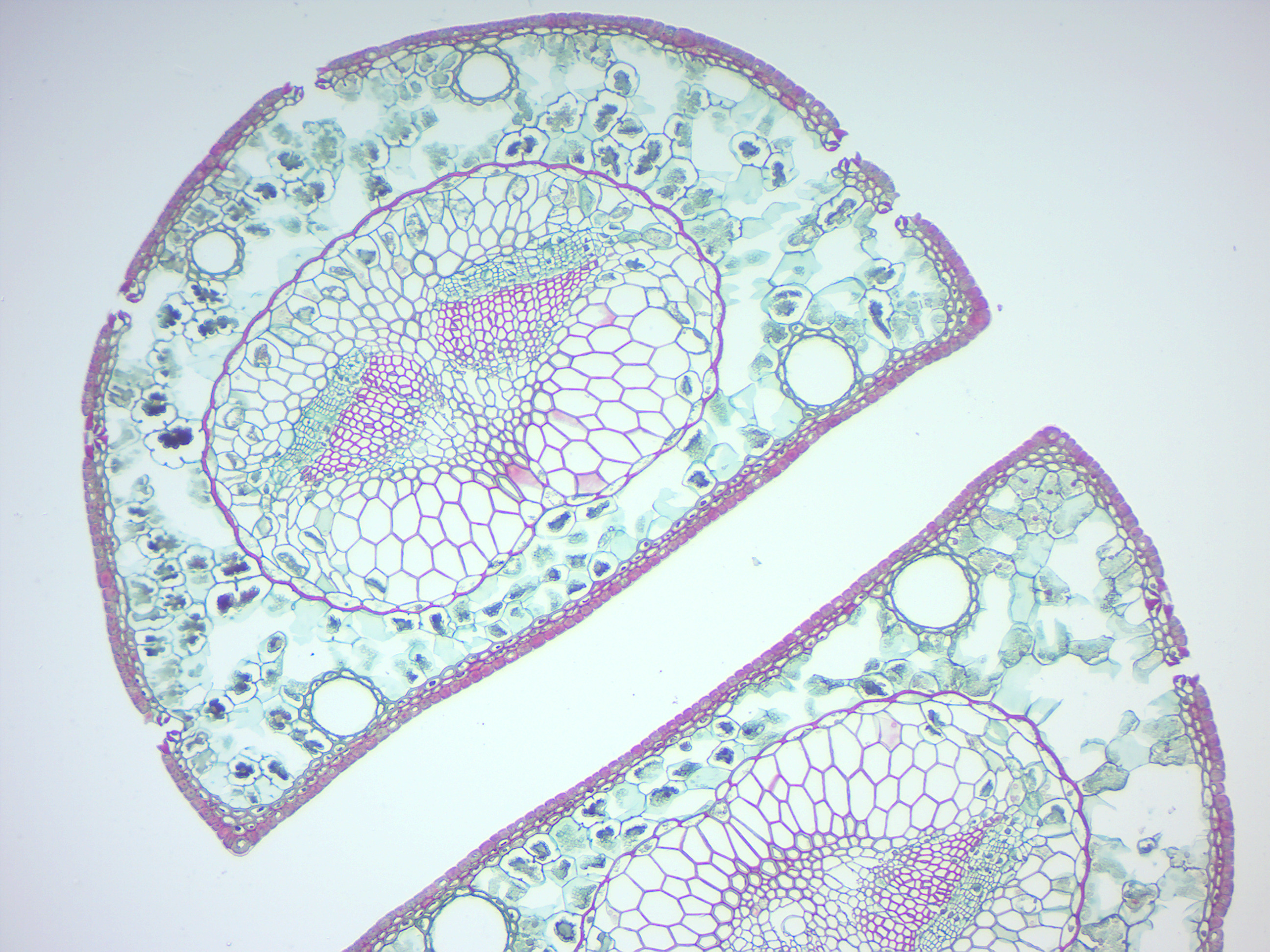

Further, gene expression pattern analysis suggested that most walnut YABBY genes were likely involved in peel and flower development and responses to biotic stress. An analysis of the assumed cis-acting elements revealed that JrYABBY and JmYABBY genes were deeply involved in phytohormone and light responses. Sequence analysis revealed that all encoded YABBY protein sequences had a highly conserved YABBY and C2C2 zinc-finger domains. Ten JrYABBY genes and nine JmYABBY genes were divided into five subfamilies (YAB1/3, YAB2, INO, CRC, and YAB5). In this study, we identified 19 YABBY genes from two Juglans species, namely, J. However, the identification and related research of YABBY in Juglans have not been reported to date. Juglans, especially walnuts, are important economic tree species that are widely distributed worldwide. YABBY family members have been studied extensively in various plants and were to play significant roles in plant growth and development. The YABBY gene family is a plant transcription factor that exists in all seed plants. Furthermore, we discuss a putative role of YABBY proteins in the genesis of multicellular shoot apical meristems and in the evolution of leaves in early divergent terrestrial plants.

Here, we summarise the current data on functions of YABBY proteins in the vegetative and reproductive development of diverse angiosperms and gymnosperms as well as in the development of lycophytes. Thus, these transcriptional factors could have been involved in “planation”, which fosters our understanding of the origin of leaves. Yet, identification of a YABBY homologue in a green alga and the recent findings of YABBY homologues in lycophytes and hornworts suggest that YABBY proteins were already present in the last common ancestor of land plants. The key transcription factors responsible for leaf blade development in angiosperms are YABBY proteins, which until recently were thought to be unique for seed plants. According to the telome theory, “planation” was required for the genesis of the leaf blade in the course of leaf evolution. However, thus far, no candidate genes have been identified that could be responsible for “planation”, a conversion from a three-dimensional to a two-dimensional growth pattern. Mounting evidence from genomic and transcriptomic studies suggests that most genetic networks regulating the morphogenesis of land plant sporophytes were co-opted and modified from those already present in streptophyte algae and gametophytes of bryophytes sensu lato.


 0 kommentar(er)
0 kommentar(er)
